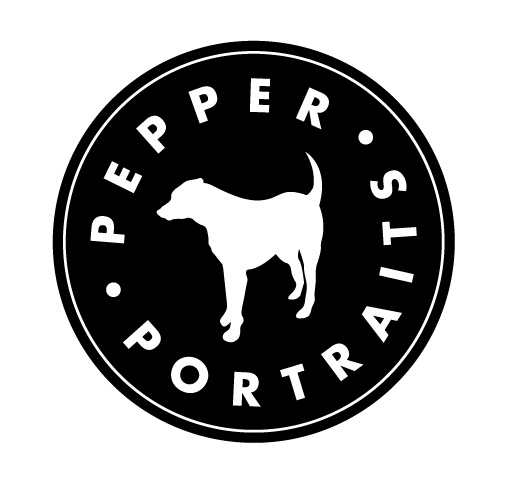Archival Framing Tips
By Margi Hopkins
Without getting scientific. There are three main enemies to your art: light, pollutants such as acid and moisture.
Use acid free materials. Light in its many forms whether incandescent, florescent or natural, has the capacity to fade, burn or change the color of your art. Have you ever left a newspaper in your car? Most likely it turned yellow in a matter of hours. Newspaper is printed on wood pulp paper, which has a very high acid content. When the light hits the paper, it oxidizes the acid in the paper turning it yellow. Enough exposure will actually burn the paper and make it crispy. This often shows up on old documents or books as little brown spots or foxing. When light hits the surface of your art it oxidizes anything acidic, including droplets of spattered coffee, finger print oil, or masking tape. Your best bet is to use materials that are as stable as possible. Stay informed. “Archival” materials used in the 80’s have been replaced by far superior products. Paint, draw or print your image on 100% cotton surface. Nothing acidic should touch your art. Your method of hinging, the backing and the matting must all be free of acid. Consult with your picture framer. It is his/her business to keep up with the latest methods.
Always, use an ultra violet (UV) resistant glass. There has been much discussion in our community regarding the light fastness of colored pencils. Simply put, if you frame or store art correctly, it will last. For example, a watercolor, which is an extremely light sensitive medium, will last decades if properly hung out of direct sunlight. And even though upon removing the paper mat and backing you find yellowing where the art touched those surfaces; even though you find the pigment has faded where light could reach through the old glass, the art still has plenty of life left. A trip to a paper conservator to stabilize the surface on which the watercolor was painted as well as 100% rag matting, backing, acid free hinges and UV glass, will give the art many more years. My point: blocking sunlight is key! There are two kinds of glass I recommend: Consevation Clear and Museum. Both have a film that blocks 99% ultraviolet rays. Museum glass has anti-reflective technology without the distortion often found in nonglare glass. One more thing, if possible never hang a piece of treasured art in direct sunlight.
Reduce Moisture. Moisture can seep in under the glass and condensate, eventually precipitating and ruining your art in any number of ways from paper deterioration to mold. At the very least it can stain your expensive matting. In a perfect world there would be a law against hanging art in a humid environment. Not many of us live in a museum with climate control. Cincinnati is a river town. There is no getting away from humidity here. Even with AC there are doors and windows opened, damp basements, hallways, any number of moist areas. If you decide to take your chances by hanging your favorite painting in Cincinnati, use a clear acid free tape to seal the glass to the backing before it goes into the molding. I have a colored pencil painting hanging on the wall directly next to the shower. It fogs up every day. No water under the glass so far.
